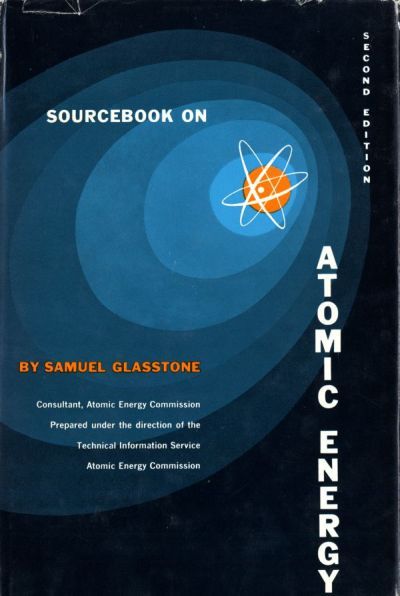In contrast to the conventional wisdom, atomic energy research was not solely the domain of engineers and physicists.
Biologists, for one, became deeply interested in radiation's ability to interrupt normal cell growth. Researchers also began to consider radiation as a sanitation method to be employed in the food preservation process.1 As early as 1958, scientists in Stuttgart, Germany had begun irradiating spices for commercial use, and in 1970 the International Food Irradiation Project was established to oversee food irradiation in Europe. Simultaneously, major advances in radiology were also afoot, allowing for better x-rays, use of radioactive tracers for identifying abnormalities in the body, and radiation therapy for certain illnesses.2
Despite the looming presence of the bomb, the atomic age was ushering in technology that would eventually improve the lives of millions of people.

